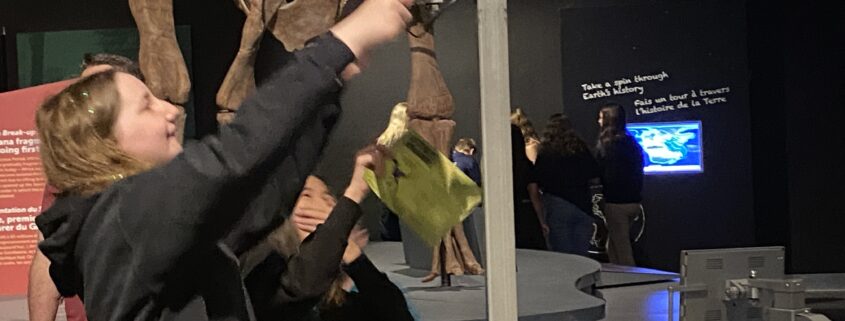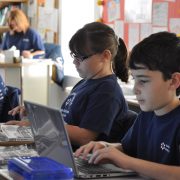5 Problem-Solving Activities for Middle School
“We can not solve our problems with the same level of thinking that created them….”
Problem-solving is an invaluable skill for middle school students to learn and experience, as it helps them hone their critical thinking abilities, build resilience, and become more independent. In addition, with each problem that crops up in front of them comes the opportunity to think outside the box and discover creative solutions.
When middle school children learn to assess situations from a different perspective, they can equip themselves with essential knowledge that will serve them in all areas of life, including academics, work, and personal relationships.
Here are five problem-solving activities for middle school students that teach valuable independent learning skills and support them in their future success.
Five Problem-Solving Activities for Middle School:
1. Cognitive Growth Detective Games
Enhance your middle schooler’s problem-solving understanding, critical thinking, and cognitive growth with this educational growth detective activity! First, gather five to ten items associated with a concept, such as an occupation, social trend, location, public figure, or animal. Then, place both natural objects and pictures of them in a bag. Next, ask the player to draw out two clues before giving their first guess – then have fun watching their deductions come together as each clue is revealed!
2. Decision-Making Case Studies
Through case study analysis, students can hone their critical thinking and decision-making skills by being presented with real-life situations and having to deduce an answer. To begin, compile a selection of various moral dilemmas your middle schoolers may face in life – write them on individual slips of paper and put each into a bowl or bag for easy retrieval. Then, encouraging each student to draw an item from the container and share their answer on how they would handle the situation can help improve their problem-solving and provide valuable insight into various perspectives.
3. Creative Problem-Solving on a Survivor Scenario
Paint a vivid picture of an imaginary situation to make students think outside the box and develop creative solutions. For instance, imagine they are stranded on a deserted island with limited resources—no help coming for three days! Stimulate collaboration among them to build shelter from supplies around the island and ration food and water accordingly. Make sure every child gets their chance to speak out loud about ways to best cope during this time without jeopardizing their safety or comfort levels.
4. Thinking Outside the Box with Escape Rooms
Escape rooms are a fantastic way to foster problem-solving skills in students, even if it’s just for fun! These immersive educational experiences provide an engaging and stimulating learning opportunity – let your students use their critical thinking, teamwork, and creativity as they attempt to tackle the various challenges that come with trying to “escape” from the room. Craft puzzles surrounding different subjects or abilities will reinforce those topics and give them real-life experience in finding practical solutions under pressure.
5. Foster Debate Clubs
Debate clubs represent a unique opportunity to hone problem-solving skills in students. They provide an environment where learners must consider different perspectives and assemble compelling arguments supporting their viewpoints. By engaging in debate, kids can benefit from improved critical thinking abilities, research techniques, and communication proficiency – all invaluable life tools for future success!
Beth Emet School is passionate about preparing students for academic success and life beyond the classroom. By emphasizing problem-solving and critical thinking skills, Beth Emet’s Middle School students are equipped with the tools to tackle obstacles and confidently navigate complex situations.






